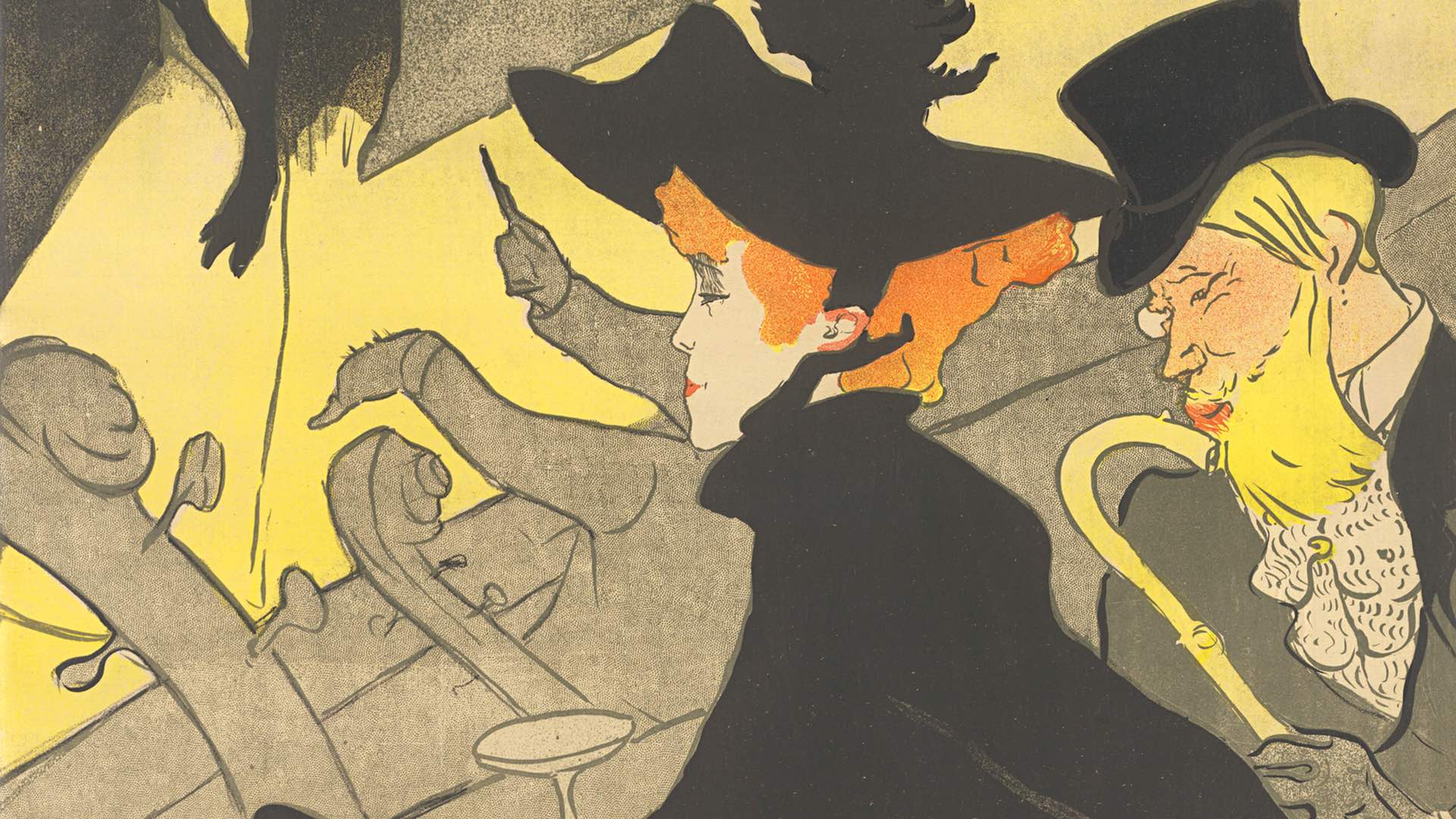Japonisme: Japan and the Birth of Modern Art
The NGV draws on its collection to display 19th century art from Japan, as well as the European works it influenced.
Overview
Following the massive success of its Hokusai exhibition in 2017, the NGV will once again look to the cultural influence of Japan with an exploration of the country's widespread impact on Western modern art. Running from May 25 to October 28, Japonisme: Japan and the Birth of Modern Art considers the crucial period of time following the reopening of international trade from Japan in 1854. As artworks began to flow from Japan into Europe and America, a cultural revolution of sorts was set in motion as Western artists became exposed to the artworks and visual language of Japan for the first time.
Influencing artists like Vincent van Gogh and other legends of the day, this moment in history is considered one of the crucial events that lay the foundations of Western modern art. Japonisme delves into the NGV's huge Asian arts collection, showcasing examples that demonstrate Japan's influence of much of the world's art throughout the last 150 years.
Western decorative arts, paper works, paintings, fashion and textiles, photography, as well as Japanese artworks are on display. Specific highlights include Henri de Toulouse-Lautrec's much-loved Divan Japonais poster, examples from the 1866 Bracquemond-Rousseau dinner service, and an undulating art nouveau cabinet designed by Louis Majorelle, demonstrating the influence of Japanese styling on French furniture.
Throughout Japonisme, it becomes clear how the Japanese respect for the environment influenced European artists, and you'll notice just how many examples of European art highlight the reworked organic forms, rich colours and gentle textures typically associated with Japanese aesthetics.
Image: Henri de Toulouse-Lautrec, Divan Japonais (1893).





